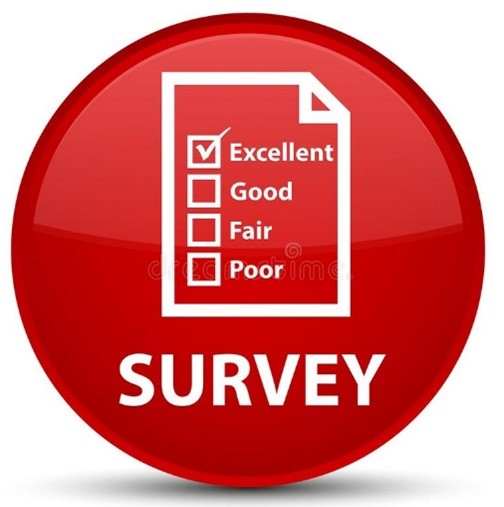Quantitative data focusses more on objective facts that can be counted or measured and thus have a numerical value. It can come from questions relating to how much, how often, and/or how many. Given that it is numeric data it can be used in statistical analyses to find and understand trends and/or patterns in the data. Usually, a standardized format is used to collect this data and the collection process is structured so the data can be efficiently collected from a large sample of respondents.
Some examples of quantitative data would be:
- Number of purchases per week
- Number of customers per day
- Number of product offerings
- Time spent on website
- Conversion rate
- Usage rate
- Price
Various methods are used for collecting quantitative data:

A questionnaire is a set of questions given to participants (a target group) and usually focuses on a specific issue. They are usually narrow in scope with the purpose of gathering just one set of data. They are generally used to get simple information about a person or opinions which do not require subjective analysis.
Questionnaires can employ a range of question styles, such as open-ended, yes/no, and multiple choice. They are like surveys, but they are not the same as surveys. They tend to be shorter in length than a survey and may or may not be part of a survey.

A survey is the set of questions given to participants (a target group) and usually focuses on a specific issue that may be market, product, or consumer specific. Surveying is the process of collecting, aggregating, and analyzing the responses from those questions.
It involves using questionnaires to collect data from a predefined group of respondents and analyzing those responses to gain insights into an issue or topic. In other words, “questionnaire” describes content, while “survey” is a broader term that describes content, method, and analysis.
While a questionnaire may be limited in scope a survey allows you to expand the question base and ask questions across a wider range and explore an issue in greater detail.

Polls are usually comprised of a small number of questions, and in some cases a single question, directed at a target group to discern that group’s opinion on a particular issue or topic. Polls can be completed in seconds making them a fast way to collect opinion data that can be used to gauge trends or compare respondents from different groups.
Respondent opinions can change for several reasons so polling data may be time sensitive and should be used in conjunction with other data sources to get a more complete understanding of an issue or topic. Poll questions can be multiple-choice, yes/no, or open-ended (which take longer to analyze).